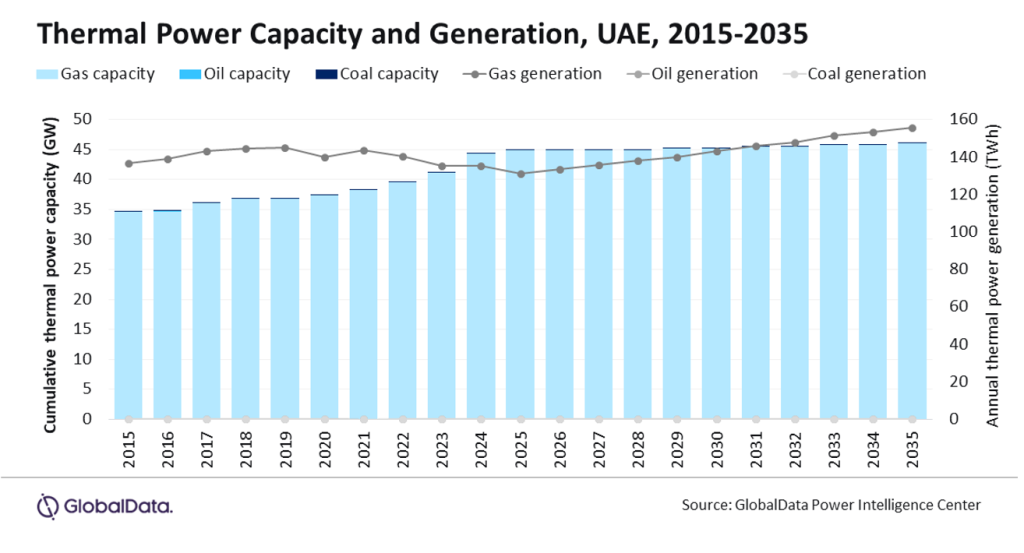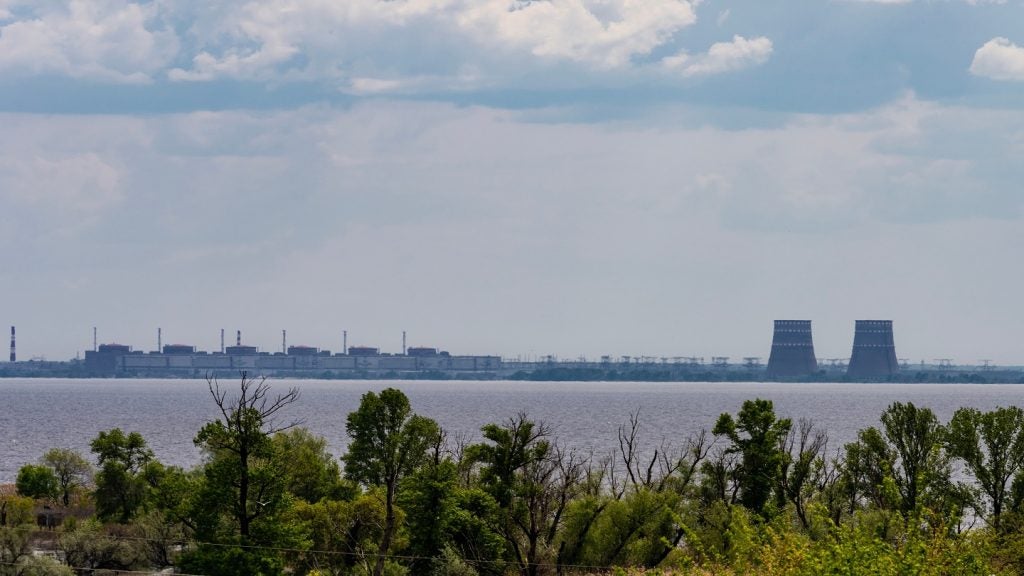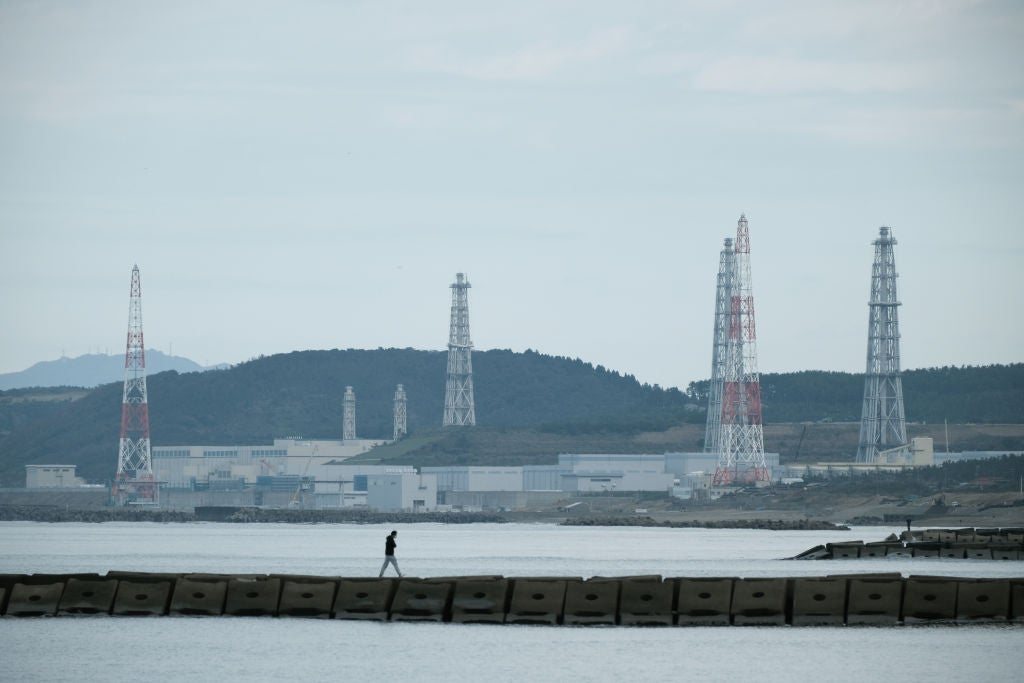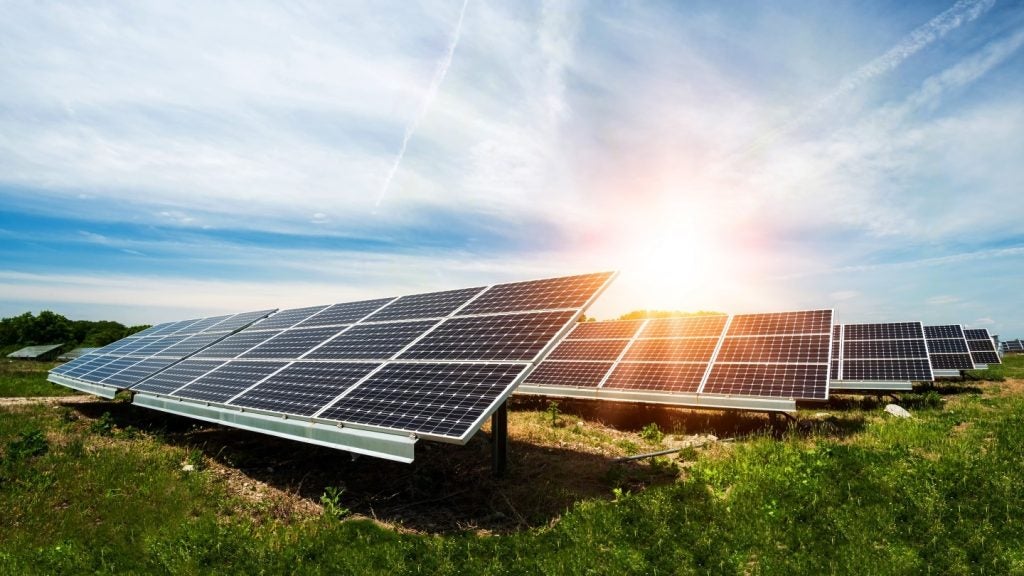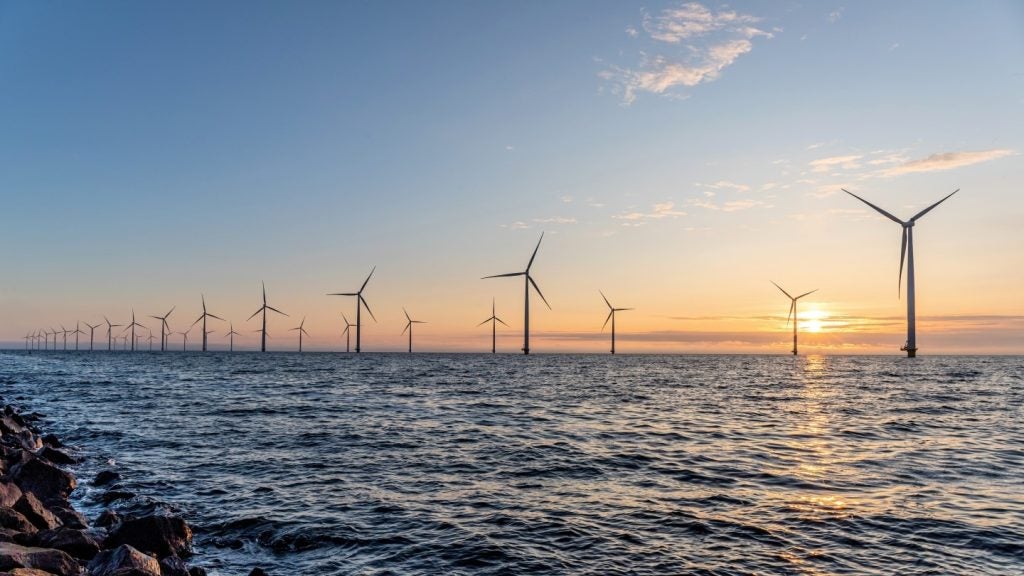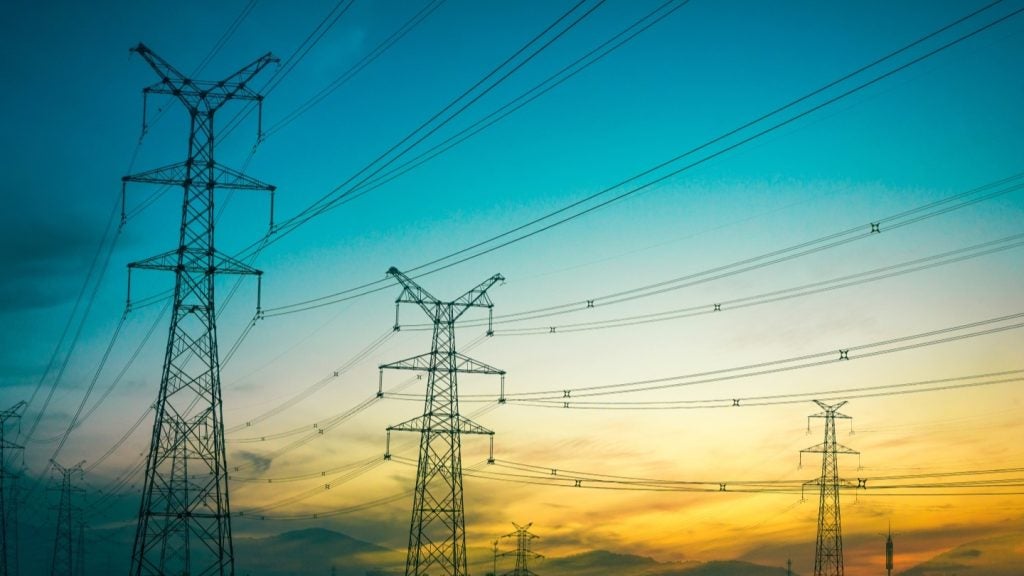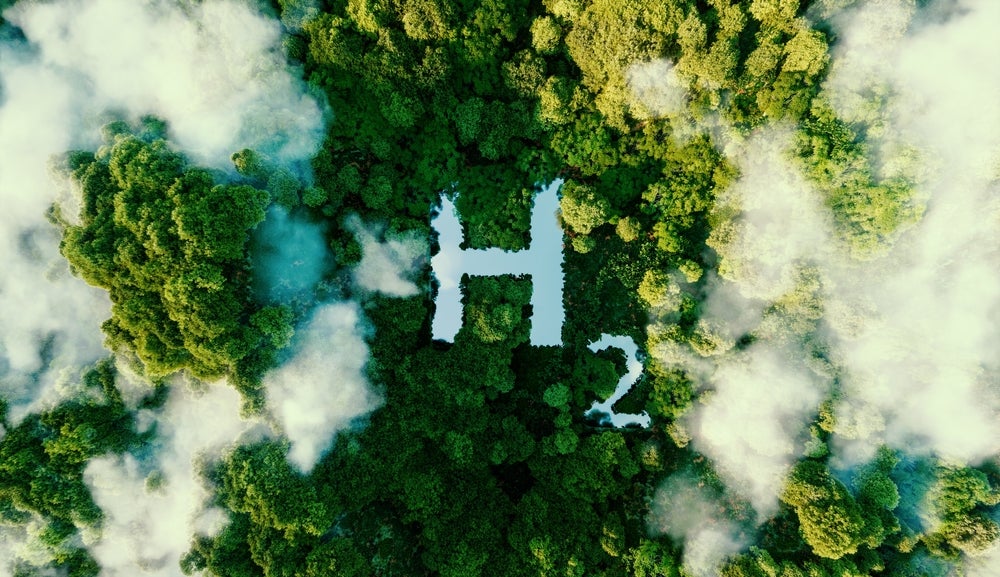GlobalData’s latest report, “United Arab Emirates Power Market Outlook to 2035, Update 2024 – Market Trends, Regulations, and Competitive Landscape” indicates that thermal power will continue to be a predominant power source; however, its proportion in the nation's power mix is projected to decrease, primarily because of the country's sustained commitment to renewable energy sources, particularly solar.
The share of thermal power generation in UAE’s total power generation mix in 2023 was 77.7%. Currently, the country is dependent on gas imports for power plants and water desalination plants. With the discovery of more onshore hydrocarbon reserves, the United Arab Emirates (UAE) is aiming to become self-sufficient in gas supply by the year 2030. Due to these large reserves, thermal power will continue to dominate the power generation mix in the UAE during 2023-2035.
The installed capacity for thermal power in the UAE constituted approximately 80.4% of the total in 2023, with gas-based thermal power capacity representing most of this mix at 80.2%. UAE is planning to invest heavily in hydrocarbon infrastructure and seek to develop new production techniques. At present, the country is in the process of choosing new locations to set up new infrastructure and seeking unconventional methods for hydrocarbon production.
By 2035, it is anticipated that the cumulative thermal power capacity will expand to 46.1GW, up from 41.2GW in 2023, increasing at a compound annual growth rate (CAGR) of 0.9% during the forecast period. Correspondingly, annual generation from thermal power sources is projected to increase from 135.5TWh in 2023 to 155.9TWh in 2035, at a CAGR of 1.2%.
Most of the increase in capacity is expected in gas-based thermal power rather than oil, whose capacity is expected to remain almost unchanged. The increase in gas capacity provides a potential opportunity for industry stakeholders which include gas turbine manufacturers, ancillary equipment suppliers, developers, operators, and EPC contractors.
Since 1971, the UAE has relied on its large oil and natural gas resources to support its economy. Rapid economic and demographic growth over the past decade has pushed the UAE’s electricity grid to its limits. The UAE is planning to add nuclear, renewable, and coal-fired electricity generating capacity to accommodate rising demand. Despite the UAE’s vast resource potential for renewables (particularly solar), only small progress has been made in the direction of harnessing renewable energy resources.


